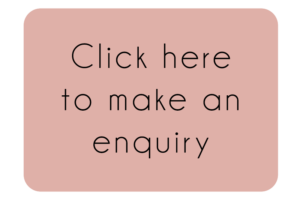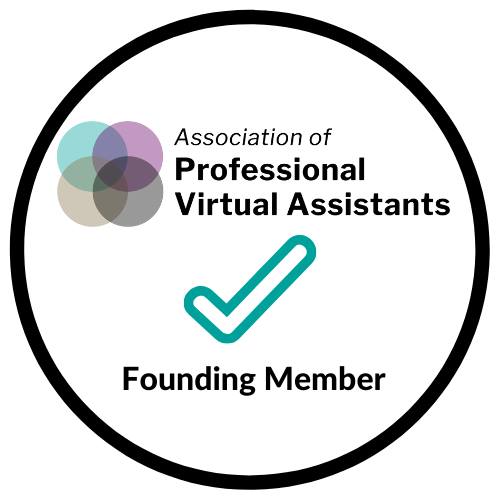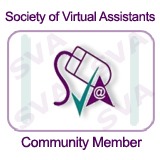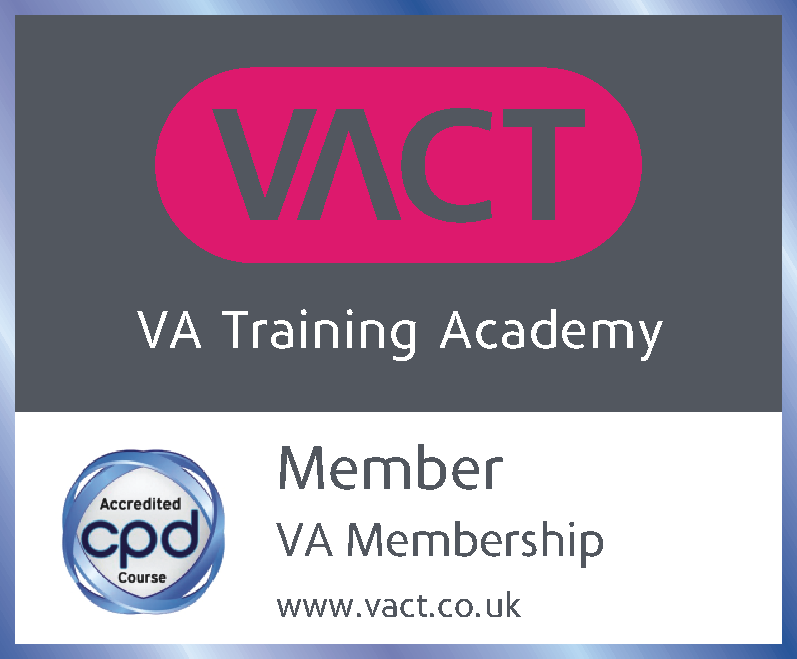Top tips to help you get the most out of your minutes!
Having accurate written records for your meetings is essential. Not only are they an official and legal record of the meeting, but they can be incredibly useful for individuals who may have been unable to attend, or to refresh the memories of those who were there so that any post-meeting follow-up actions aren’t missed. Minutes aren’t designed to be a word-by-word record of a meeting, but a clear and concise report of what happened at the meeting, what decisions have been made and what actions need to be taken following the event.
When it comes to minute taking, it’s essential that the minutes are objective and neutral statements of fact. As a result, outsourcing minute taking is becoming an increasingly popular option for many organisations, particularly for Board meetings, to ensure that the written record of the meeting isn’t influenced by the conscious or unconscious biases of existing team members.
If you are planning on outsourcing your minute taking, there are a number of things that you can do to help your minute taker provide the best quality written record of your meeting possible. Here are our top tips f or before, during and after your meeting:
or before, during and after your meeting:
Before the meeting…
- Non-disclosure agreement: If you are outsourcing your minute taking, an NDA is a must to prevent the disclosure of confidential information discussed in your meetings with any third party. This is standard procedure for many organisations, and a professional and experienced minute taker should have no issue with signing an NDA prior to joining you for your meeting.
- Collate a list of invitees (and their company/organisation name, if appropriate) and make it clear prior to the meeting who will be attending and who sends their apologies.
- Finalise your agenda for the meeting, and provide your minute taker with this along with any relevant papers and presentations that will also be used in the meeting.
- Provide the minutes from your previous meeting so that your minute taker can review them. These can help form a useful template and to ensure consistency across your meeting minutes, but can also be helpful if there are certain items that you would like expressed with greater detail or in a slightly different way in future minutes, as you can point these out clearly to your new minute taker with the help of an example.
- Provide a list of business specific terms (including acronyms and technical terminology) that are likely to be used in your meeting, so that your minute taker can clearly communicate the points discussed without being overwhelmed by business-specific jargon. It may also be useful to provide a brief overview of the projects being discussed, as this context may prove valuable when it comes to recording the key points of the meeting clearly and concisely.
During the meeting…
- Take a few moments to introduce yourselves! This is particularly useful if you are on a video call, as usernames aren’t always indicative of your actual name! If you have an in-person meeting planned, name cards can be really helpful for minute takers to accurately record who said what when it comes to important points.
- Stick to the agenda – This may seem like an obvious recommendation, but we’ve all been in meetings that have meandered dramatically! Having a meeting attendee (or two!) who can keep an eye on the agenda and gently steer the conversation back to primary topics at hand is really helpful if you want to keep your meetings as timely and effective as possible. In addition to the above, we would also recommend clearly communicating to your minute taker when you are moving from one agenda item to the next, as although topics and discussion points may seem strikingly different to you, it may not be obvious to an external minute taker, and this simple action can help to ensure that your minutes are formatted clearly.
- Try to progress from topics raised during the previous meeting, and take topics off the table that aren’t relevant to the primary conversation. Useful minutes rely on useful meetings, so if you want to be able to see what your team has accomplished, what decisions have been made and what action steps need to be taken over the coming weeks or months, these things need to be discussed in the meeting!
After the meeting…
- Be available to clarify or confirm finer details, if required. As we mentioned earlier, there is plenty of business-specific jargon that you and your team may use on a regular basis but which isn’t immediately obvious to external professionals, and may have been missed off the original terminology/acronym guidance you provided prior to the meeting! Similarly, it may not be immediately obvious to your minute taker who is responsible for some of the action points discussed in the meeting, so further clarification may be required to ensure that the minutes are as useful and accurate as possible.
Minute taking is an important and uniquely challenging task; lots of people can write notes during a meeting but very few of those notes can provide an accurate and detailed snapshot of the event and provide a valuable insight into decisions made and actions to be taken! If you’d like to speak to us about minute taking for your next meeting, please contact us for more information.





